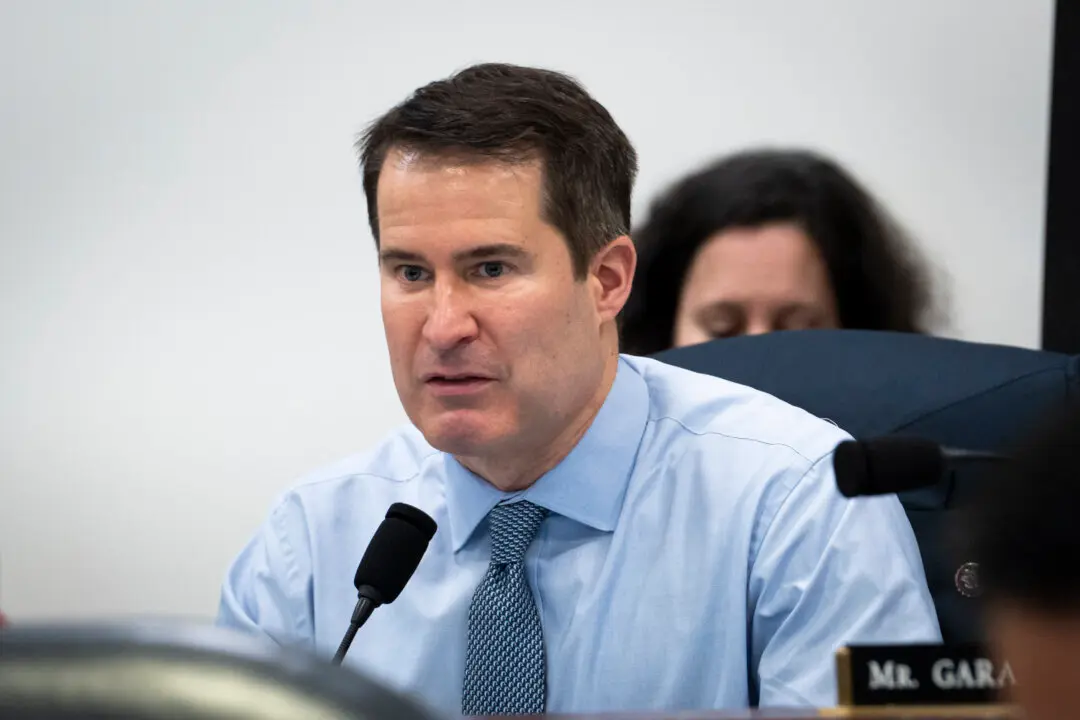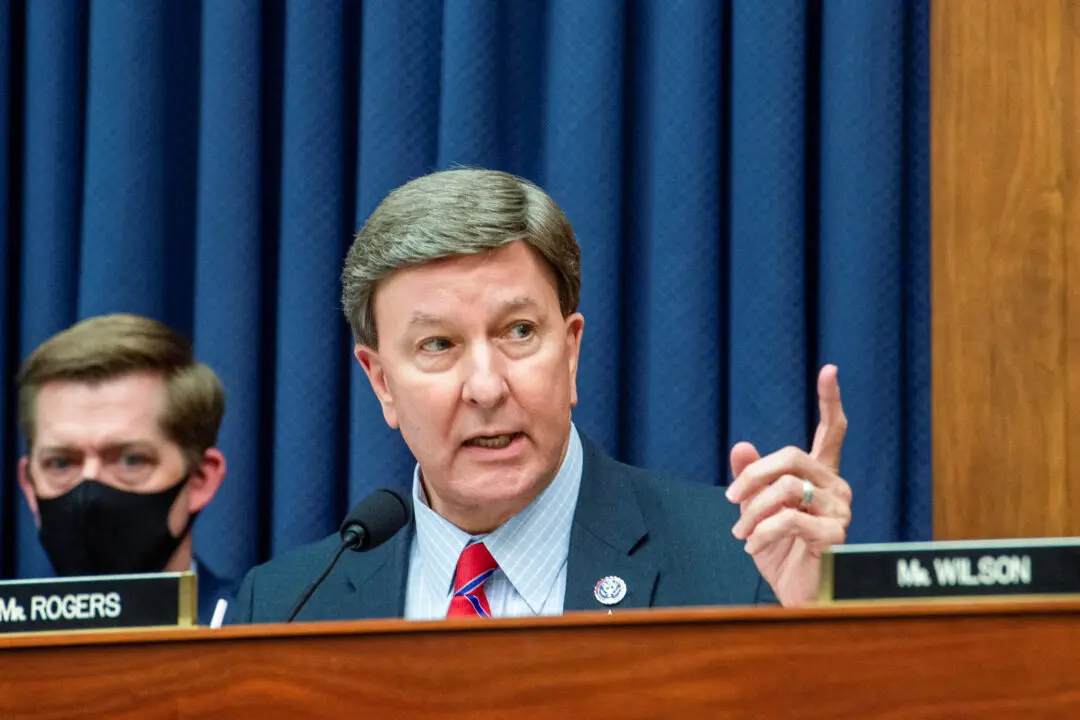A new proposal by the Environmental Protection Agency (EPA) would tighten emissions restrictions for coal-fired power plants, heartening public health advocates and raising questions from the energy industry about cost and feasibility.
It comes after a February 2022 EPA ruling that reversed a Trump administration action in 2020 on the Mercury and Air Toxics Standards (MATS) for power plants.





